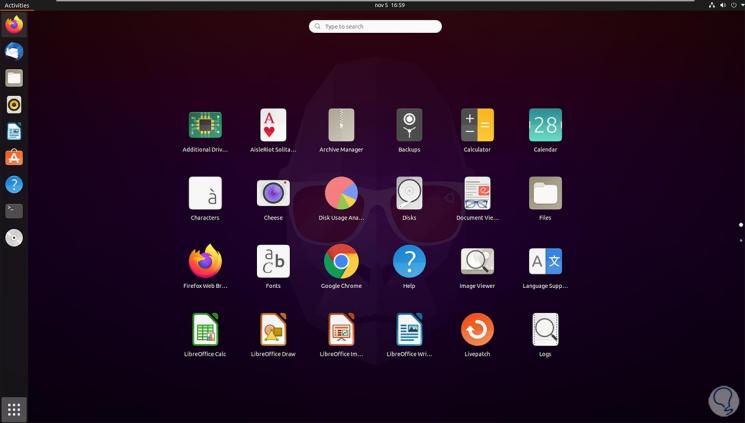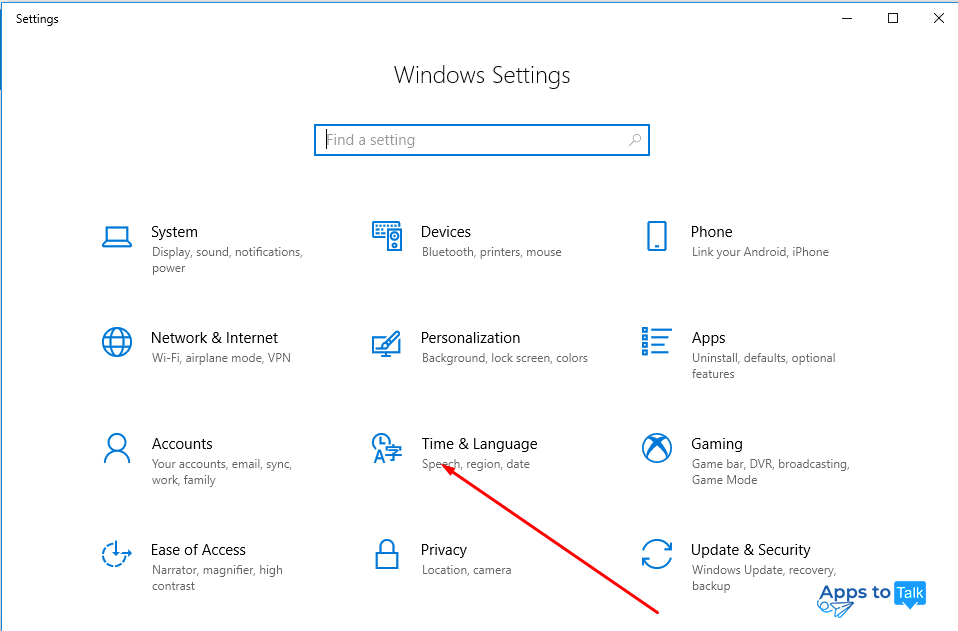

HDX features managed through the registryĬonfigure COM Port and LPT Port Redirection settings using the registryĬonnector for Configuration Manager 2012 policy settingsĬollect a Citrix Diagnostic Facility (CDF) Trace at System StartupĬonfigure with Citrix Analytics for Performance Generic USB redirection and client drive considerationsīest practices, security considerations, and default operationsĬompare, prioritize, model, and troubleshoot policies Monitor, troubleshoot, and support Microsoft Teams HDX video conferencing and webcam video compression GPU acceleration for Windows single-session OS

GPU acceleration for Windows multi-session OS Transport Layer Security (TLS) on Universal Print Server

Pass-through authentication and single sign-on with smart cards Integrate Citrix Virtual Apps and Desktops with Citrix Gateway Security considerations and best practices Microsoft System Center Configuration Manager environments Microsoft System Center Virtual Machine Manager virtualization environmentsĬitrix Hypervisor virtualization environments Click or tap on it.Microsoft Azure Resource Manager cloud environments The Share screen button looks like two overlapping squares in the bottom-right area of your call window. When they answer, and your call is connected, Skype displays the video from their webcam or a black screen for audio calls. Then, start an audio or video call with the person(s) you want to show your screen to.
SKYPE CHANGE LANGUAGE WINDOWS 10 WINDOWS 10
The steps and screenshots below apply for the desktop version of the app, which is the one we recommend for improved privacy.ĭownload, install, and launch the Skype app on your Windows 10 PC. While both work in a similar manner, the default app that comes with Windows 10 lacks one important option when it comes to sharing the screen: it does not let you limit what you share, and you can only broadcast your entire display.
SKYPE CHANGE LANGUAGE WINDOWS 10 HOW TO
How to share the screen on Skype from Windows 10Īs we mentioned in a previous tutorial about using Skype, there are two versions of the app you can have on your Windows 10 PC: the "classic" desktop app Skype, which you can install from the link provided in the previous section, and the UWP app that comes preinstalled with Windows 10. While Microsoft tries to make the application consistent across devices, there are certain specific instructions, so head on to the section that applies to your device. Once you're engaged in a call, Skype lets you broadcast your display in just a few clicks or taps, no matter what platform you're using. To be able to share your screen on Skype, first make an audio or video call with the people with whom you want to share the screen. If that doesn't do the trick, you can also close and reinitiate the call or even restart your device before trying again. If they can't see anything or they report your screen is freezing, try turning the feature off and on again. We recommend decluttering your display as much as possible before you share your screen with Skype, as it may also help with your device's performance.Īlso, be patient! Depending on the device and the speed of your internet connection, the image on the screen of your colleagues and friends might lag a few seconds behind what you're doing on your screen. Likewise, make sure not to forget those pictures of you partying open, just in case you decide to share your whole screen during a business meeting, instead of just an application window. However, if you're planning to show grandma how to install a new app by sharing your Android's screen, it's probably safer to close your Tinder profile first. In the Windows 10 desktop app, macOS, and Skype for Web, you can choose between sharing your whole screen or a single window. First of all, know your audience and be careful with any personal information or sensitive content.

There are a couple of things to keep in mind before sharing your screen. You can also access the feature with Skype for Web, as long as you're using at least Google Chrome version 72 or the new version of Microsoft Edge.


 0 kommentar(er)
0 kommentar(er)
